To Pay Rent in Medieval England, Catch Some Eels
The “Surprised Eel Historian” has mapped every eel rent recorded in medieval England.
John Wyatt Greenlee, a medieval historian focusing on cartography, never intended to become the “Surprised Eel Historian,” as he dubs himself on Twitter. When he first proposed his Ph.D. project on eels, it was declined. Greenlee went ahead and studied eels anyway, and his passion for these wormlike, elongated fish has now managed to capture the fascination of others. Greenlee specifically looks at the role eels played in medieval English economy and culture—a role far more important than many would think. In medieval England, eels essentially became currency. Medieval peasants would use the fish to pay their rent and make other economic transactions. However, despite their former abundance, the European eel has now become a critically endangered species and is in need of a bit more love and attention. Andrew Kerr, chair of the Sustainable Eel Group, says our connection with eels has become a “lost relationship,” one that needs to be re-established or we may risk losing these snake-like fish altogether.
“We have a really great and complicated history with eels,” says Greenlee. Medieval land users were required to pay rent to the landowner each year, and in many cases, these rents were paid “in kind.” This means that they weren’t paid in coins, but rather with goods, such as chickens, eggs, and—Greenlee’s favorite—eels. The first recorded rent payment made with eels was in 700. By the time of the Domesday Book survey in 1086, a massive land survey conducted in England after William the Conqueror seized the island, we can see “evidence for something more than half a million eels being paid in rent in England every year,” says Greenlee.
When it comes to their numbers in comparison to other “in kind” rents, Greenlee emphasizes their popularity: “There are more rents paid in eels than anything else in the Domesday survey.” The question is: why? Paul Freedman, a medieval historian at Yale University, explains that eels were “somewhere in between a delicacy and an everyday item. The fact that people were asked to pay rent in eels shows that their landlords wanted them.” Most of the eel rents were paid in East Anglia, which is “really great eel territory,” says Freedman, because of the numerous marshes and low-lying areas with lots of water. Greenlee explains that “a lot of mills end up paying rents in eels, probably because they catch a lot of eels near the mill races.”
Monasteries and religious institutions also carried out a large number of eel transactions. “In the Catholic world before the Reformation, there were lots of days in which you had to abstain from meat, particularly Lent before Easter. Meat markets shut down, and fish was the primary product,” says Freedman. He notes that “one reason for their popularity, apart from that they’re very plentiful and could be [easily] gathered, was that the demand for fish was much greater than it is now because up to 120 days a year the consumption of meat was prohibited.” Since eels were an appropriate Lent meal, monasteries saw them as a highly sought-after commodity and collected them in droves from their tenants. Some monasteries received tens of thousands of eels in rental transactions, stockpiling the eels to then pay for their needs.
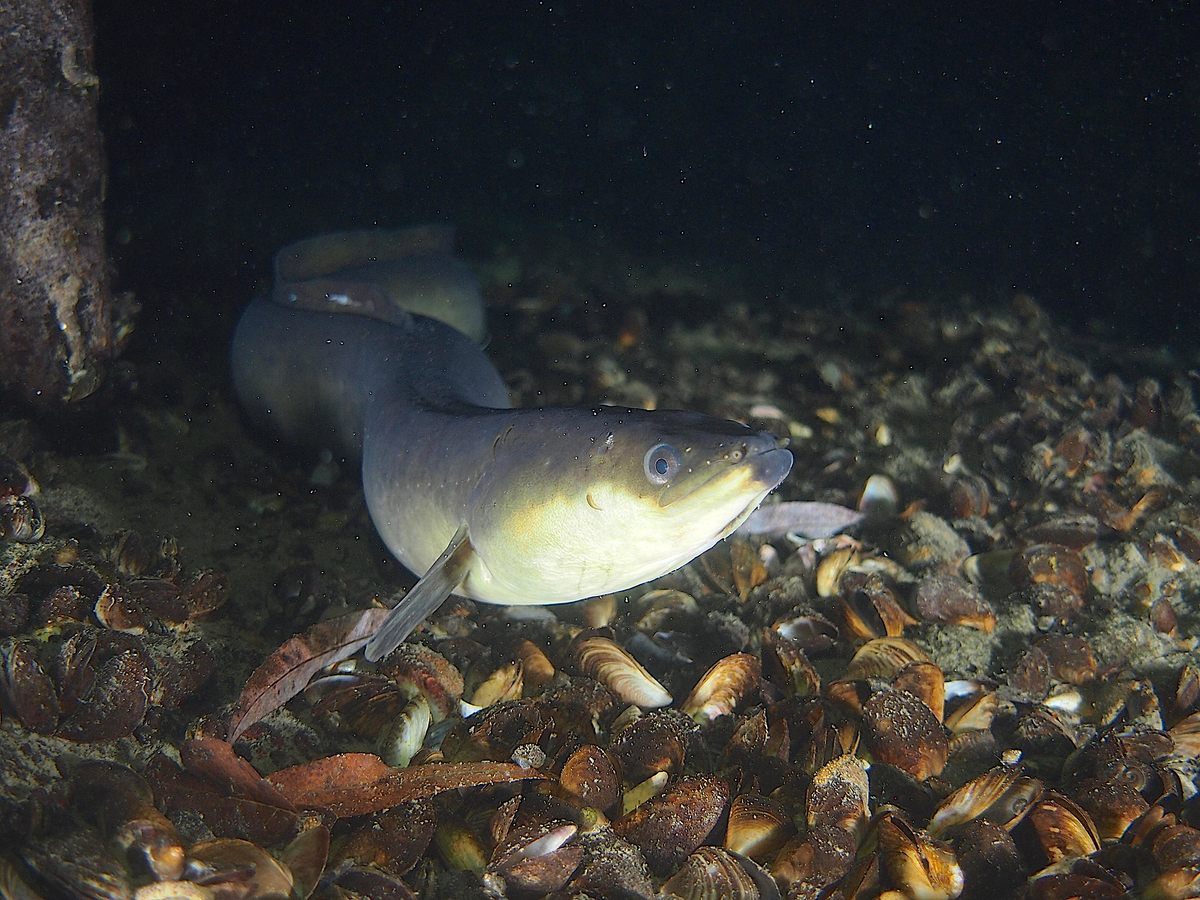
These eel rent transactions are displayed in Greenlee’s interactive map, which highlights rental payments made with eels throughout England from the 10th century up until the end of the 17th century. The transactions vary from single digits to the tens of thousands of eels. One enormous transaction shows that Ely Abbey, now known as Ely Cathedral, paid Thorney Abbey 26,275 eels to rent a fen (similar to a wetland), according to rare transaction records on parchment fragments held by the British Library.
Over time, the practice of paying rent with eels slowly declined. The reasons for this are unknown. Greenlee explains that “some of it has to do with availability of money, some of it has to do with changes in habitat and ecology.” In addition, the beginning of the Little Ice Age in the 14th century could have caused water bodies to become colder, leading to a reduction in eel populations. Kerr notes that “measuring eel populations is incredibly difficult,” and that even today eels are difficult to count, study, and understand: “as with everything with eels, it’s complicated.”
Nonetheless, Freedman and Greenlee both emphasize that the Black Death may potentially be behind the shift. It was “a watershed moment,” said Greenlee. The Black Death greatly altered the amount of land per capita, and Freedman explains that “after the Black Death the market was more in favor of the laborers, so lords couldn’t get away with asking for extensive rents [paid in kind].” The survivors of the Black Death simply had a better life, and with fewer mouths to feed, people could afford to eat higher-quality foods, such as lamb. Landlords shifted to sheep farming instead of more opportunistic food-gathering and hunting methods, as it required “less labor and [could] be more profitable,” says Freedman. This led to changes in the medieval diet and demand for eels may have declined.
Whether the reduction in eel rents resulted from social changes caused by the Black Death or a decline in the eel population, so far, the truth is unclear. “One of the most fun and sometimes frustrating things about medieval history is that there’s so little that we know,” says Greenlee.
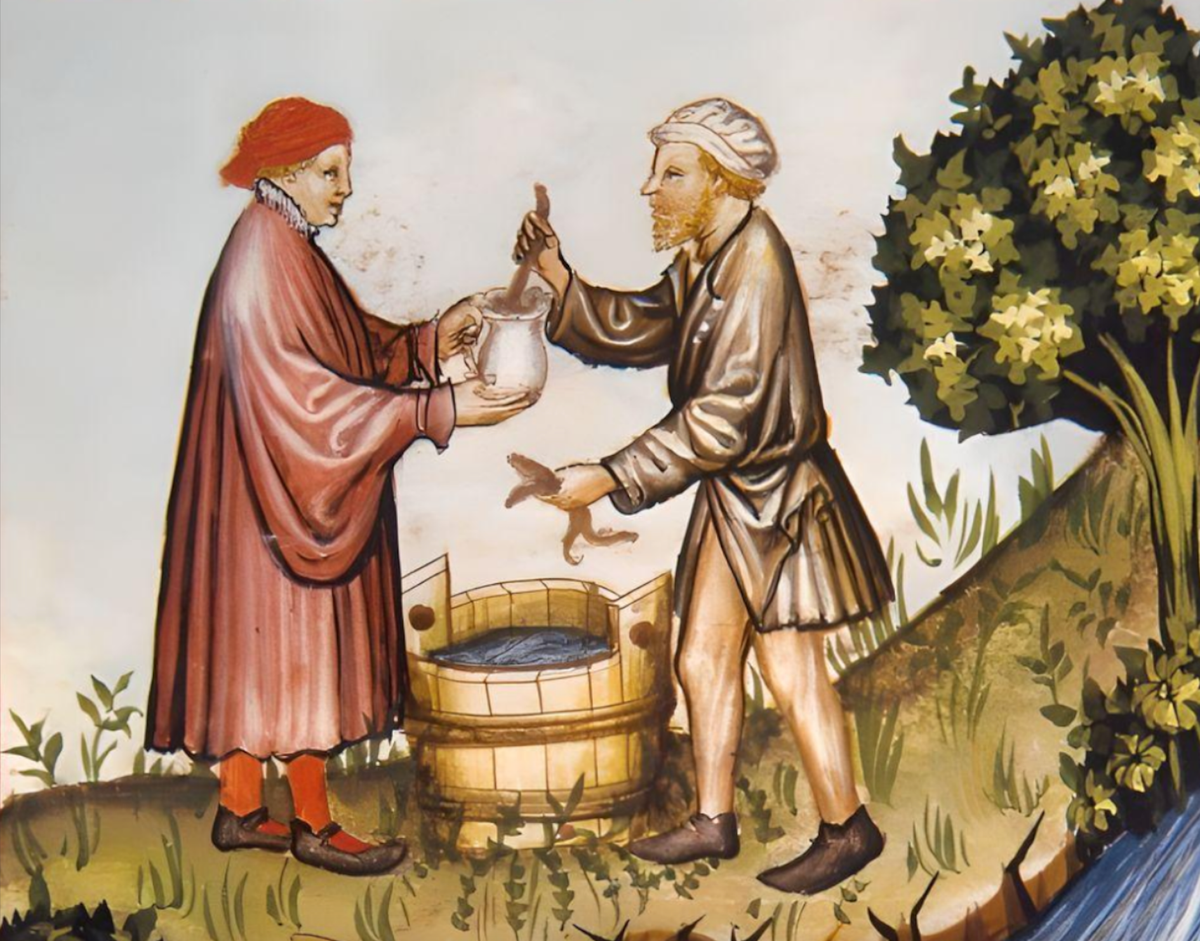
Today eels are a Critically Endangered species, a far cry from their once significant role in the medieval economy. “It has been a long history of decline,” says Kerr, one that has affected other species as well. According to the World Wildlife Foundation’s Living Planet Index for Migratory Freshwater Fish, “populations of migratory freshwater fish species have plummeted globally by 76% on average since 1970, including a 93% collapse in Europe.” However, eel populations likely started declining even earlier.
The eel population is monitored with a measurement tool known as the Glass Eel Index. Glass eels are tiny and multitudinous juveniles also known as elvers, that eventually become silver eels and then full-grown mature adults. The size of the overall European eel population can be estimated based on the number of glass eels that arrive in Europe. The European eel originally spawns in the Sargasso Sea and then floats through the Atlantic with the currents, eventually reaching European shores. By the year 2000, “alarm bells were ringing”, as the Glass Eel Index was showing a “15% decline year on year, 1980 to 2010, every year,” explains Kerr.
While “everything is disputed with eels,” Kerr says, “What we do know is that the eel decline follows human water engineering.” While medieval dams and mill races were made out of wood, which eels could wriggle around or over, “many of those constructions, particularly sea defense structures, are now concrete.” These sea barriers prevent eels from migrating into Europe’s rivers, a necessary process for their growth. With over 1.3 million barriers in European rivers, eels simply cannot make their way through anymore. Kerr explains that “equally significant, is that we’ve been draining wetlands to create farmland, housing, and water access…Compared to 2000 years ago, we’ve only got 25% of [European] wetlands left.” Luckily, a regulation to support the European eel population passed in 2007, which has already led to a small but measurable recovery. “The regulation is fundamentally good,” Kerr says, “What we have to do next is understand the causes of the decline.”
Greenlee hopes that his passion for eels and his research on their presence in medieval England will help to get people interested in saving them. He wants to highlight the ways in which “eels have been a part of our past,” to encourage people to think about “eels as part of our present, and maybe as part of our future.” Greenlee, Kerr, and others hope that people might learn and therefore care a little bit more about eels, even if they’re sadly no longer accepted as a way to pay your rent.
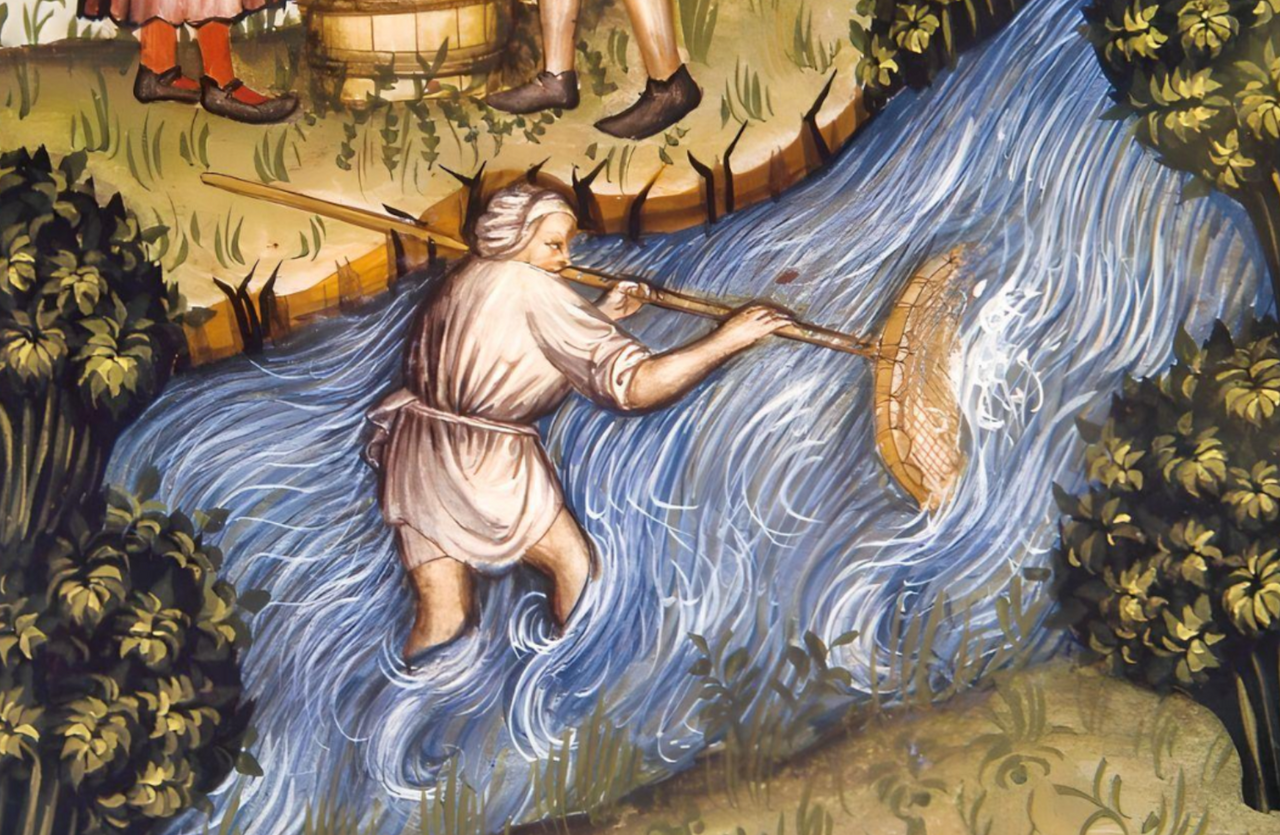


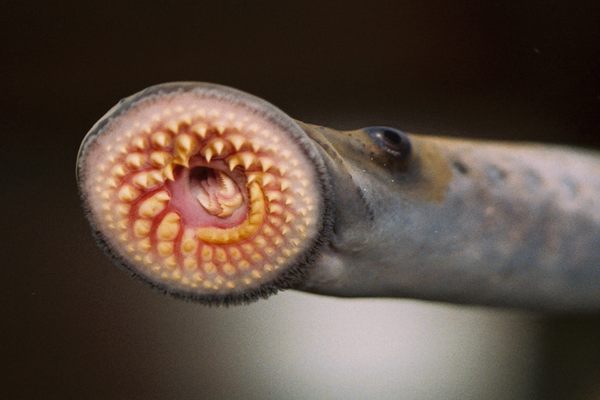
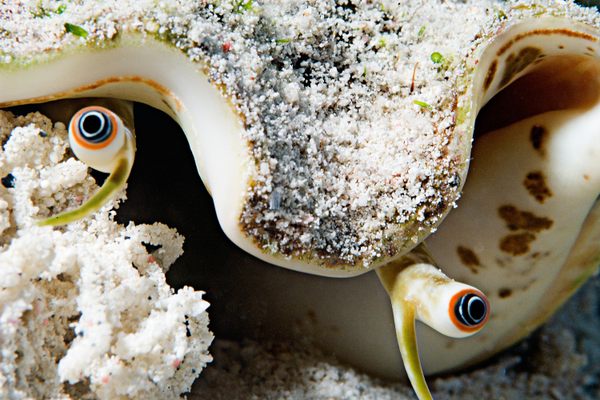

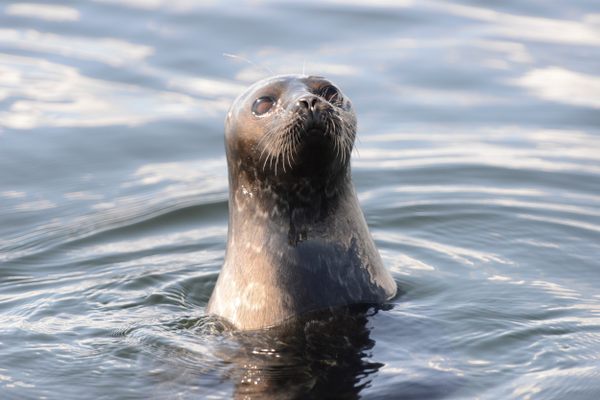












Follow us on Twitter to get the latest on the world's hidden wonders.
Like us on Facebook to get the latest on the world's hidden wonders.
Follow us on Twitter Like us on Facebook